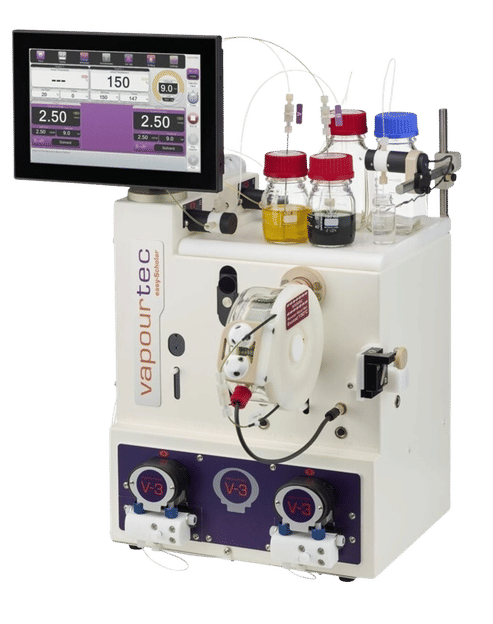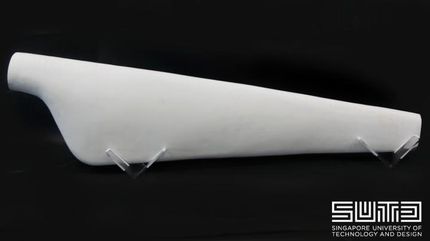Joining forces: fast-as-lightning 3D microprinting with two lasers
Micrometer-sized Structures in Just the Blink of an Eye
Printing objects from plastic precisely, quickly, and inexpensively is the goal of many 3D printing processes. However, speed and high resolution remain a technological challenge. A research team from the Karlsruhe Institute of Technology (KIT), Heidelberg University, and the Queensland University of Technology (QUT) has come a long way toward achieving this goal. It developed a laser printing process that can print micrometer-sized parts in the blink of an eye. The international team published the work in Nature Photonics.
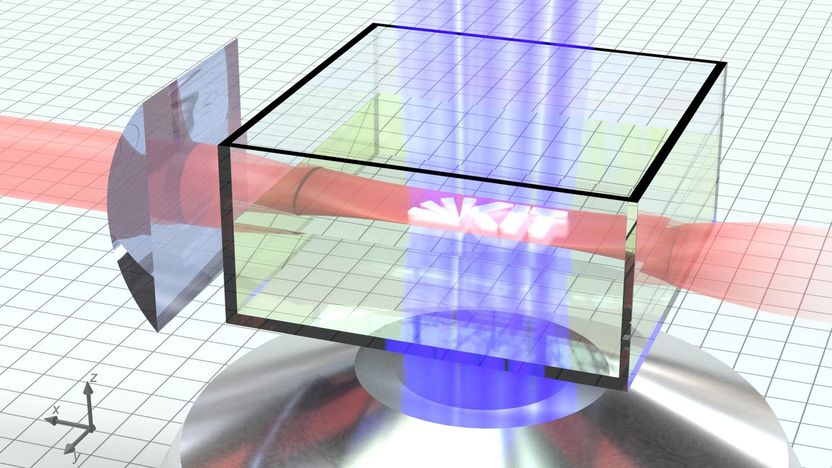
In light sheet 3D printing, red and blue laser light is used to print objects precisely and quickly on a micrometer scale
Vincent Hahn, KIT
Stereolithography 3D printing is currently one of the most popular additive manufacturing processes for plastics, both for private and industrial applications. In stereolithography, the layers of a 3D object are projected one by one into a container filled with resin. The resin is cured by UV light. However, previous stereolithography methods are slow and have too low a resolution. Light-sheet 3D printing, which is used by the KIT researchers, is a fast and high-resolution alternative.
3D Printing with Two Colors in Two Stages
In light-sheet 3D printing, blue light is projected into a container filled with a liquid resin. The blue light pre-activates the resin. In a second stage, a red laser beam provides the additional energy needed to cure the resin. However, 3D printing can only print quickly resins that quickly return from their pre-activated state to their original state. Only then can the next layer be printed. Consequently, the return time dictates the waiting time between two successive layers and thus the printing speed. "For the resin we used, the return time was less than 100 microseconds, which allows for high printing speeds," says first author Vincent Hahn from KIT's Institute of Applied Physics (APH).
Micrometer-sized Structures in Just the Blink of an Eye
To take advantage of this new resin, the researchers built a special 3D printer. In this printer, blue laser diodes are used to project images into the liquid resin using a high-resolution display with a high frame rate. The red laser is formed into a thin "light sheet" beam and crosses the blue beam vertically in the resin. With this arrangement, the team was able to 3D print micrometer-sized parts in a few hundred milliseconds, i.e. in the blink of an eye. However, it should not stop there: "With more sensitive resins, we could even use LEDs instead of lasers in our 3D printer," says Professor Martin Wegener of APH. "Ultimately, we want to print 3D structures that are centimeters in size, while maintaining micrometer resolution and high printing speeds."
Original publication
Other news from the department science

Get the chemical industry in your inbox
By submitting this form you agree that LUMITOS AG will send you the newsletter(s) selected above by email. Your data will not be passed on to third parties. Your data will be stored and processed in accordance with our data protection regulations. LUMITOS may contact you by email for the purpose of advertising or market and opinion surveys. You can revoke your consent at any time without giving reasons to LUMITOS AG, Ernst-Augustin-Str. 2, 12489 Berlin, Germany or by e-mail at revoke@lumitos.com with effect for the future. In addition, each email contains a link to unsubscribe from the corresponding newsletter.
Most read news
More news from our other portals
Last viewed contents
Biological_small-angle_X-ray_scattering
Luminiferous_aether
Micromeritics Instrument Corp. acquires Freeman Technology
Self-envy
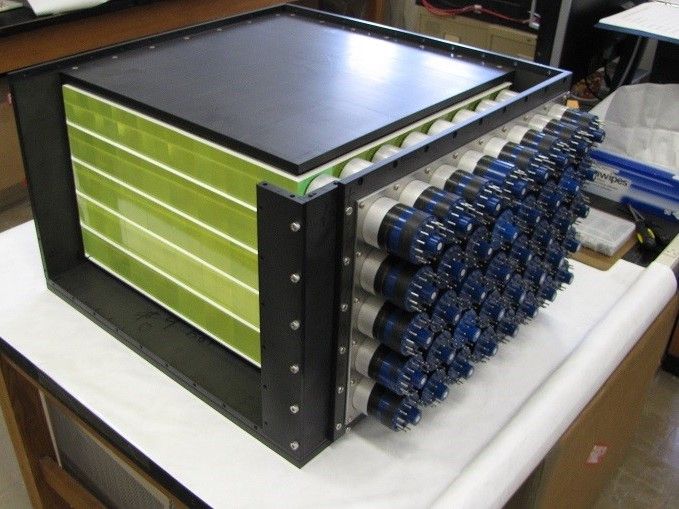
Physicists propose a new method for monitoring nuclear waste - Scenarios for using neutrino detectors in nuclear interim storage facilities
Green_infrastructure
Stephen_Hanessian
Redox
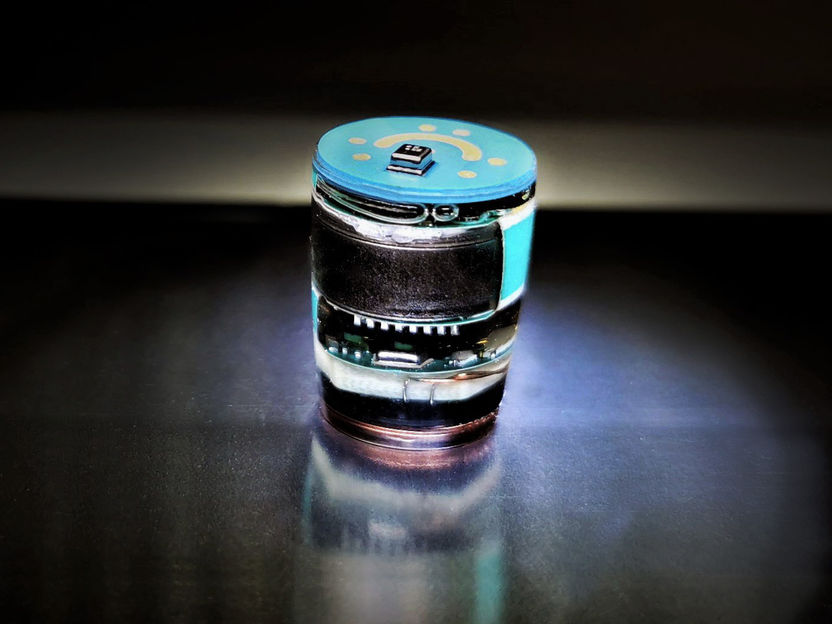
The World’s Smallest Impedance Spectroscopy System in the Form of a Pill Finds Weak Spots in Machines and People - Small as a candy: Waterproof IoT sensor reliably measures the properties of liquids even in hard-to-reach places
United_Kingdom_Climate_Change_Programme
